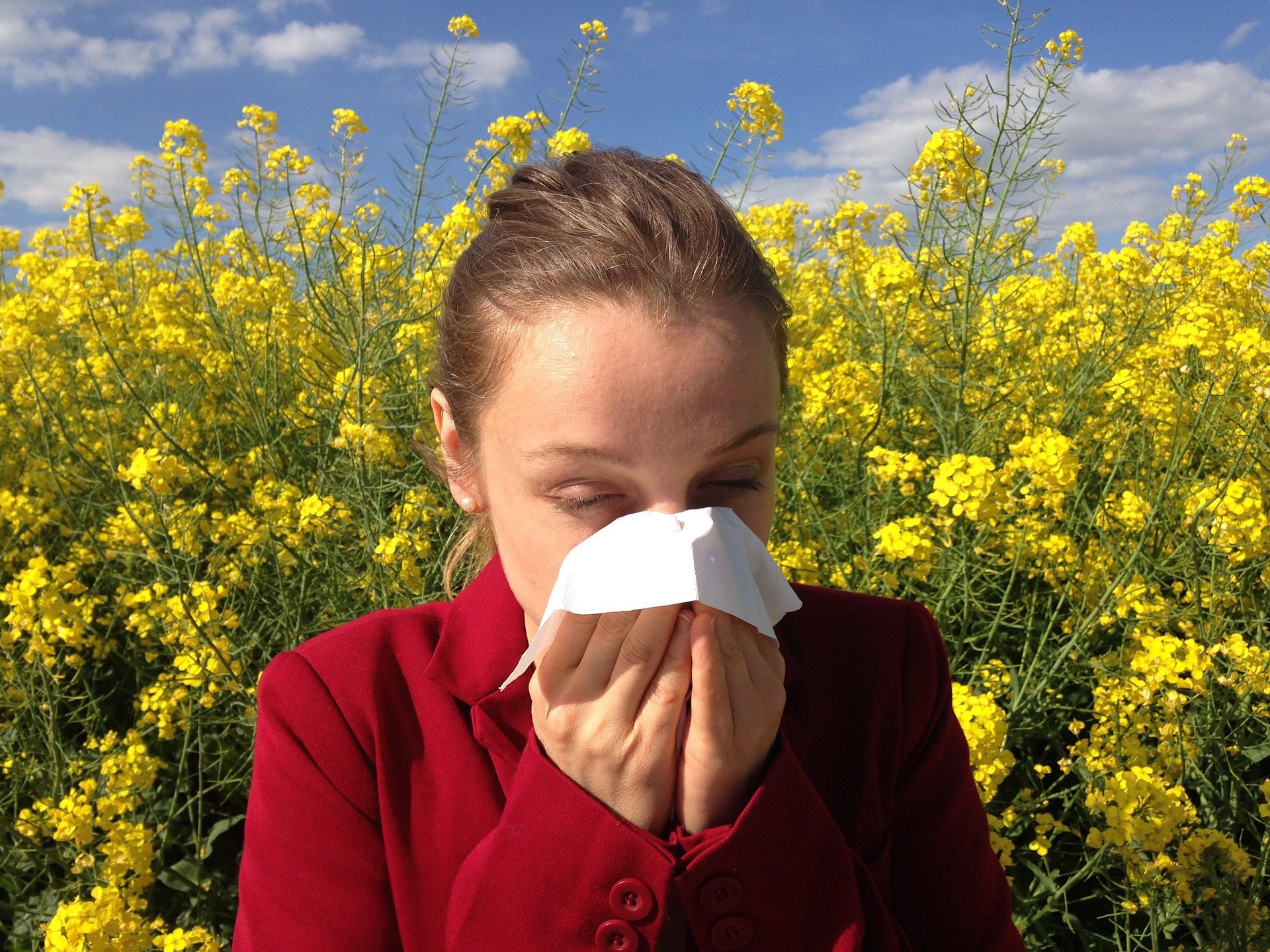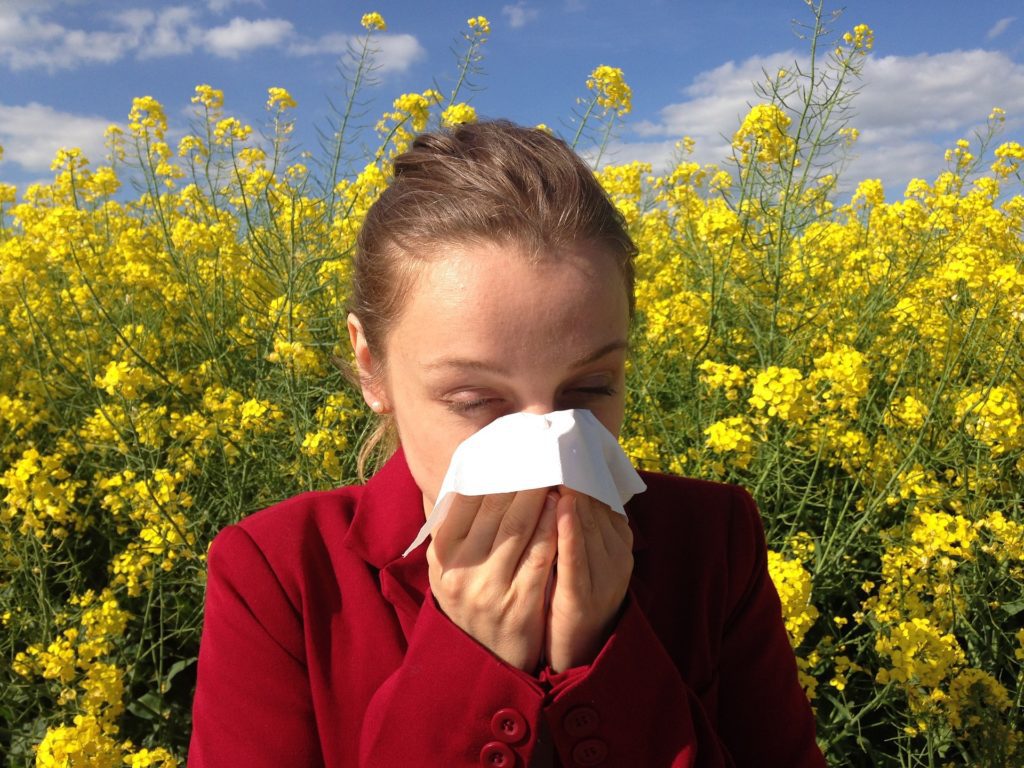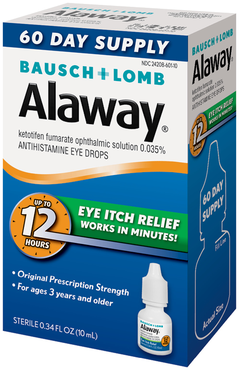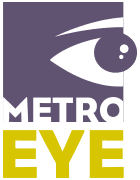

It is that time of year again, when allergies wreak havoc on our eyes. If you have noticed redness and irritation of your eyes, accompanied by itchy and watery sensations, there is a chance that you are experiencing ocular allergies. On the other hand, it might be dry eye syndrome, a reaction to your contacts or an infection that could be causing your eye troubles. How can you tell the difference? Ultimately, the optometrists at Metro Eye can diagnose your symptoms so that an effective treatment can be administered. In addition, we want to share some tips that might help you to minimize the causes of your eye allergies and some great nonprescription products that can help you to find relief.
What Are Eye Allergies?
All allergies start when the immune system identifies an otherwise harmless substance as an allergen, causing your body’s defense system to produce antibodies which cause a reaction. Eye allergy occurs when something that you are allergic to irritates the conjunctiva, which is the delicate membrane covering the eye and the inside of the eyelid.
The most common airborne allergens that cause eye allergies are pollen, mold, dust and pet dander. Perennial or Seasonal Allergic Conjunctivitis (PAC/SAC) is the most common form of eye allergy, and is brought on by different types of pollen experienced during spring, summer, and/or fall. Symptoms of PAC/SAC include: itchy, red, burning or watery eyes, along with runny nose, sneezing and coughing, itchy nose, mouth or throat, and headaches. Always avoid touching or rubbing your eyes, as it will only increase the irritation!
When you are outdoors, sunglasses or eyeglasses can help to prevent some of the airborne pollen from getting into your eyes. It is best to avoid going outdoors as much as possible when pollen counts are highest, if you are allergic to pollen, which is usually in the mid-morning and early evening. Also, in order to lower your exposure to pollen, keep your windows closed and use air conditioning both in your car and home.
If mold is an allergen for you, remember that high humidity causes mold to grow. Keep the humidity level in your home around 30 to 50 percent, and use a dehumidifier in especially humid locations like basements and bathrooms. Keep these areas as clean as possible, and be sure to wash flooring with a moistened mop in order to effectively trap allergens.
If dust causes irritation in your eyes, keeping dust mites away from your skin is important. Your bedroom is especially significant in controlling the amount of dust you are exposed to, so be sure to use special allergen-reducing covers for your bedding and especially for your pillows. Wash your bedding frequently with hot water to keep it clean from dust, and wash your face and hair nightly before bed to avoid transferring outdoor allergens onto your bedding.
Furry household pets are also a common source of allergies, so it is best to limit your contact and always wash your hands after touching one. Washing any clothing that you have worn around animals is recommended as well, and hairy pet owners should consider hardwood or tile floors instead of carpeting, which can trap pet dander.
Finding Relief From Eye Allergies
Metro Eye carries a wide range of products that provide relief from your eye allergy symptoms, and the items listed below are currently available without a prescription.
Tea Tree Eyelid & Facial Cleanser (Gentle Formula)
This is a daily face wash that rinses allergens from the skin and eyelashes, along with dirt and makeup.
Systane Ultra Eyedrops
These specially formulated eyedrops aid in hydrating the surface of the eye while flushing away allergens, and also may be used while wearing contact lenses.

Alaway Eyedrops
This fast-acting antihistamine relieves ocular allergy symptoms for up to 12 hours without a prescription.

Ocusoft Lid Scrub (Original)
These pre-moistened pads remove pollen and allergens, along with oil and other debris, from the sensitive skin around the eyes & eyelashes.

Rhein Fire & Ice Mask



